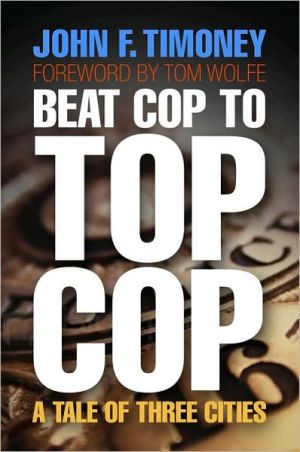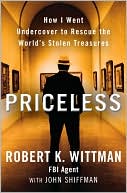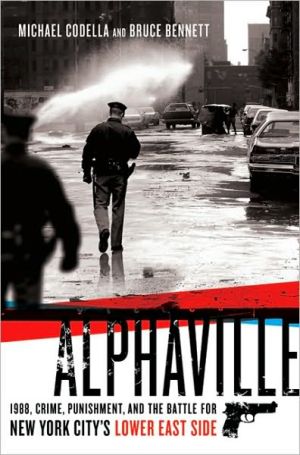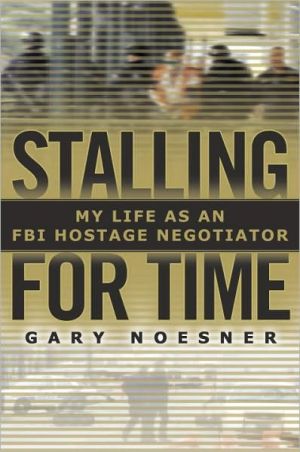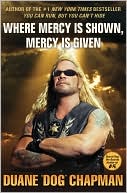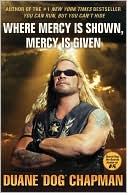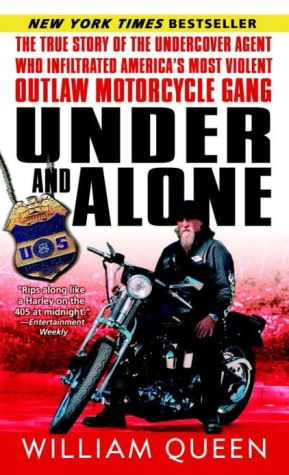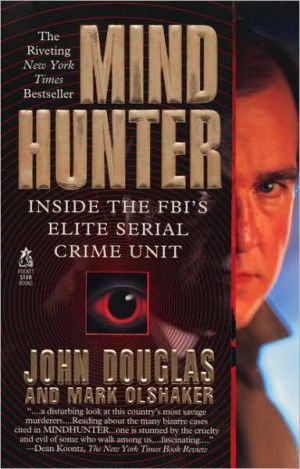Beat Cop to Top Cop: A Tale of Three Cities
Born in a rough-and-tumble neighborhood of Dublin, John F. Timoney moved to New York with his family in 1961. Not long after graduating from high school in the Bronx, he entered the New York City Police Department, quickly rising through the ranks to become the youngest four-star chief in the history of that department. Timoney and the rest of the command assembled under Police Commissioner Bill Bratton implemented a number of radical strategies, protocols, and management systems, including...
Search in google:
From Beat Cop to Top Cop: A Tale of Three Cities documents John Timoney's rise, from his days as a tough street cop in the South Bronx right up to his role as police chief of Miami. Publishers Weekly From a rookie in the streets of the South Bronx to police chief in Miami, lifelong cop Timoney reflects on a career that put him at the center of many recent debates and advances in law enforcement. Born in Dublin, Timoney moved to New York in 1961 as a child and joined the NYPD after graduating from high school. He describes patrolling the streets during the turbulent late ’60s, when protests and civil unrest ripped at the city’s social and political seams. Picking up a bachelor’s degree and two master’s degrees along the way, Timoney rose steadily through the ranks, working directly for famed police commissioners like Ray Kelly and Bill Bratton. An advocate for community policing as the way the NYPD addressed “quality of life” issues (e.g., vandalism and truancy) that are often precursors of major crimes, Timoney helped develop and refine departmental policies on everything from the use of deadly force to race relations. After retiring from the NYPD in 1996, Timoney spent four years as police commissioner of Philadelphia before becoming Miami’s chief of police in 2002, retiring in 2009. Both the ugly side of police work—particularly corruption—and the achievements of his beloved NYPD are showcased in this intriguing look at what it takes to fight crime. (June)
Foreword Tom Wolfe Wolfe, TomIntroduction: Be Careful What You Wish For 1PART I NEW YORK CITY1 Getting on the Job 92 The South Bronx 193 From Sergeant to Management 554 Captain Timoney 735 Chinatown 896 Back to Headquarters Under Dinkins 1107 The Bratton Era Begins 1418 CompStat, Crowd Control, and the "Dirty Thirty" 1659 The Beginning of the End 18610 Interregnum 199PART II PHILADELPHIA11 Philadelphia, Here I Come 20712 Pugnacious Philly 239PART III MIAMI13 Paradise Found: Miami 26514 Free Trade, Free Speech, and the Politics of Policing 291Conclusion: Where We Were, Where We Are 322Index 333
\ Publishers WeeklyFrom a rookie in the streets of the South Bronx to police chief in Miami, lifelong cop Timoney reflects on a career that put him at the center of many recent debates and advances in law enforcement. Born in Dublin, Timoney moved to New York in 1961 as a child and joined the NYPD after graduating from high school. He describes patrolling the streets during the turbulent late ’60s, when protests and civil unrest ripped at the city’s social and political seams. Picking up a bachelor’s degree and two master’s degrees along the way, Timoney rose steadily through the ranks, working directly for famed police commissioners like Ray Kelly and Bill Bratton. An advocate for community policing as the way the NYPD addressed “quality of life” issues (e.g., vandalism and truancy) that are often precursors of major crimes, Timoney helped develop and refine departmental policies on everything from the use of deadly force to race relations. After retiring from the NYPD in 1996, Timoney spent four years as police commissioner of Philadelphia before becoming Miami’s chief of police in 2002, retiring in 2009. Both the ugly side of police work—particularly corruption—and the achievements of his beloved NYPD are showcased in this intriguing look at what it takes to fight crime. (June)\ \ \ \ \ From the Publisher"For anyone interested in how and why policing has changed over the past 40 years, Top Cop has a lot of the answers."—Miami Herald\ "Both the ugly side of police work—particularly corruption—and the achievements of his beloved NYPD are showcased in this intriguing look at what it takes to fight crime."—Publishers Weekly\ "Beat Cop to Top Cop is a riveting ride inside the accelerating squad car of John Timoney's career. Page by page, you realize that he's the real life version of the celluloid cop envisioned by countless casting directors. They usually get his physical fitness, rugged good looks, proud Irish heritage and honor of the badge. But Timoney is more than that. As he takes readers from the streets of New York City to Philadelphia to Miami, it becomes obvious what sets him apart: a rare blend of both street and intellectual smarts. Timoney's as comfortable with the beat cop or victim as he is with a city's mayor or its media elite. The blue line isn't thin when Timoney is in uniform. You pray he's the man in charge of the police department that answers your call to 911."—Michael Smerconish, nationally syndicated radio host\ "If he had thought of him first, Damon Runyon would have invented John Timoney. A self-made man in the 'Runyonesque' mode, John Timoney recounts his remarkable story in this compelling book. He emerges from these pages as a cop's cop and a chief's chief, with a bit of a poet mixed in."—Ray Kelly, New York City Police Commissioner\ "John Timoney writes like he talks (except, unfortunately for the reader, without his delightful Irish brogue). Beat Cop to Top Cop recounts his brilliant career in an always entertaining and insightful way. True to his Dublin story telling heritage, his tale draws the reader into the always exciting world of policing from the beat to the Commissioner's suite."—Bill Bratton, former Chief of Police, Los Angeles\ "John Timoney is pure cop: tough and blunt, sensitive and caring. Deputy Commissioner in New York City, Commissioner in Philadelphia, and Chief in Miami, Timoney helped create Compstat and reduce crime in New York, bring homicide under control in Philadelphia, and demonstrated in Miami that he could reduce police shootings without endangering officers or allowing crime to increase."—George L. Kelling, author of Fixing Broken Windows: Restoring Order And Reducing Crime In Our Communities\ \ \
